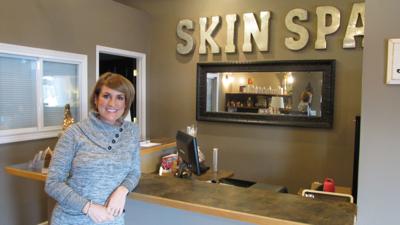Indoor tanning entails using artificial sources of ultraviolet (UV) radiation, such as tanning beds, sunbeds, or tanning cubicles, to attain a tan. While some individuals opt for indoor tanning for beauty reasons, it's important to concentrate on the potential risks associated with this practice. Here's a detailed overview of the ins and outs of indoor tanning:
The Process:
Tanning Beds: Tanning beds emit UV radiation, primarily UVA and UVB rays, which simulate the sun's pure light. Tanning Spa NYC penetrate the pores and skin deeply, while UVB rays affect the floor layers, resulting in the manufacturing of melanin and the darkening of the pores and skin.
Tanning Lotions: Some people use indoor tanning lotions or accelerators that contain ingredients to boost melanin manufacturing, probably leading to a quicker and darker tan. These lotions usually comprise moisturizers and bronzers.
Risks and Concerns:
Skin Cancer: The most significant risk related to indoor tanning is an elevated risk of skin cancer, together with melanoma, squamous cell carcinoma, and basal cell carcinoma. Even occasional use of tanning beds can considerably elevate this threat.

Premature Aging: UV radiation can speed up the aging means of the pores and skin, resulting in wrinkles, fantastic strains, age spots, and loss of pores and skin elasticity.
Eye Damage: UV rays can injury the eyes, growing the chance of cataracts, macular degeneration, and other eye situations.
Weakened Immune System: Excessive UV exposure weakens the immune system, making it more durable for the physique to struggle off diseases and infections.
Addiction: Some individuals could develop a psychological dependence on indoor tanning, leading to excessive and dangerous tanning behaviors.
Regulations and Guidelines:
Age Restrictions: Many nations and states have age restrictions for indoor tanning, aiming to protect minors from the risks associated with UV publicity.
Warning Labels: Tanning beds are often required to have warning labels in regards to the potential dangers of indoor tanning.
Safer Alternatives:
Sunless Tanning Products: Sunless tanning lotions, sprays, and lotions provide a tan with out UV exposure. They comprise dihydroxyacetone (DHA), which interacts with the pores and skin to provide a brief tan.
Professional Spray Tanning: Some salons offer spray tanning companies where a technician applies a tanning answer evenly on the skin, offering a tan with out UV publicity.
Conclusion:
While indoor tanning may provide a short lived cosmetic resolution for attaining a tan, the related well being risks cannot be ignored. It's crucial to prioritize your pores and skin's well being and think about safer options if you desire a tan. Protecting your pores and skin from extreme solar publicity, sporting sunscreen, and embracing pure skin tones are important for overall well-being..
